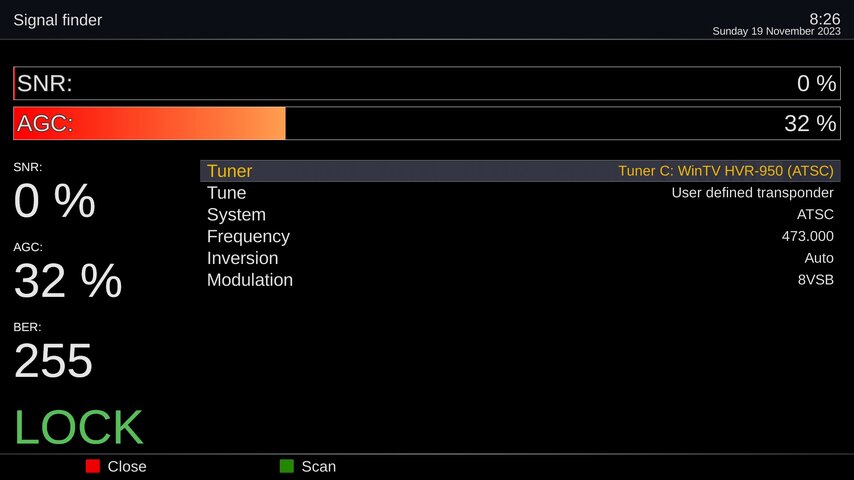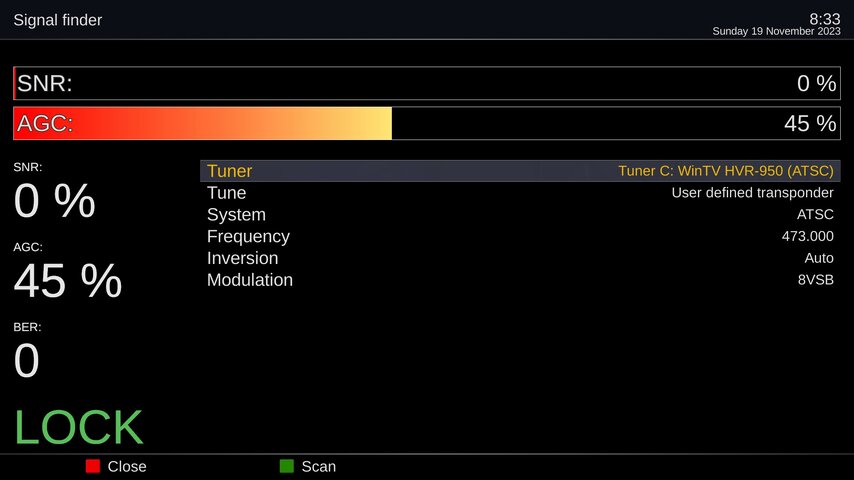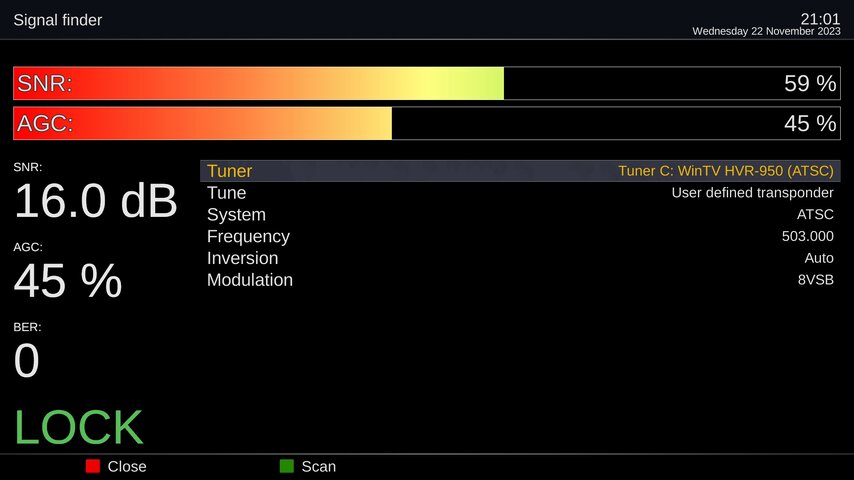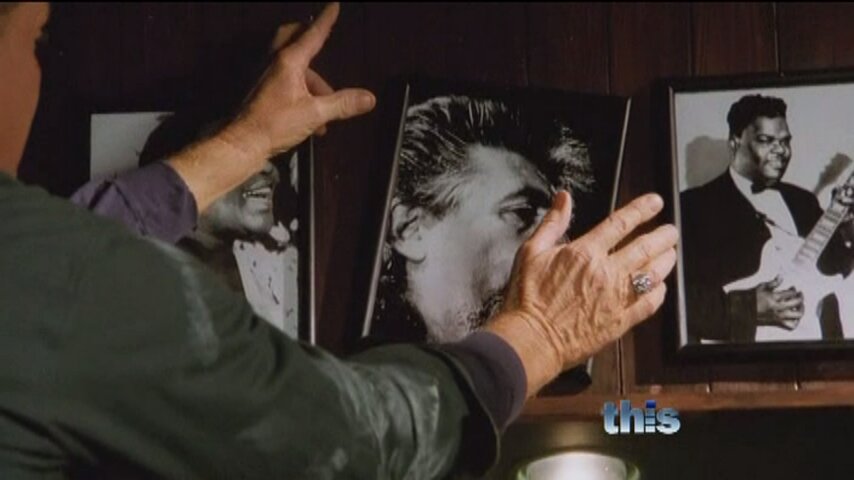Today I connected a Hauppauge 950Q to my Edision Mio+ receiver. I can only receive two OTA stations at my remote location. Both of these scan into my Sony TV with a total of 8 channels. I know that their signals are not strong since the transmitters are 63 (CHEK Victoria, BC) and 77 miles (KVOS Bellingham, WA) away respectively. I am using a Clearstream 2V TV antenna and Channel Master CM-7777 30 dB amplifier.
When i ran a scan using the Hauppauge 950Q, it picked up CHEK immediately. That single channel is good quality. But the 950Q did not scan in KVOS with its 7 channels at all. My information is that the field strength of CHEK is 43.1 dBuV/m and KVOS is 47.6 dBuV/m. So KVOS is actually stronger here than CHEK though both stations are labeled as "Poor" according to RabbitEars.info.
What's going wrong?
ADDED: I moved the Hauppauge to the USB connector on the rear of the Edision. Then when I scanned using Signal Finder, the 7 channels from KVOS scanned in. But attempting to watch them results in a "Tune failed" error for all 7 channels. I'm beginning to think the Hauppauge tuner is just not as sensitive as my Sony TV and the signal level is likely just on the threshold of the Hauppauge.
When i ran a scan using the Hauppauge 950Q, it picked up CHEK immediately. That single channel is good quality. But the 950Q did not scan in KVOS with its 7 channels at all. My information is that the field strength of CHEK is 43.1 dBuV/m and KVOS is 47.6 dBuV/m. So KVOS is actually stronger here than CHEK though both stations are labeled as "Poor" according to RabbitEars.info.
What's going wrong?
ADDED: I moved the Hauppauge to the USB connector on the rear of the Edision. Then when I scanned using Signal Finder, the 7 channels from KVOS scanned in. But attempting to watch them results in a "Tune failed" error for all 7 channels. I'm beginning to think the Hauppauge tuner is just not as sensitive as my Sony TV and the signal level is likely just on the threshold of the Hauppauge.
Last edited:








